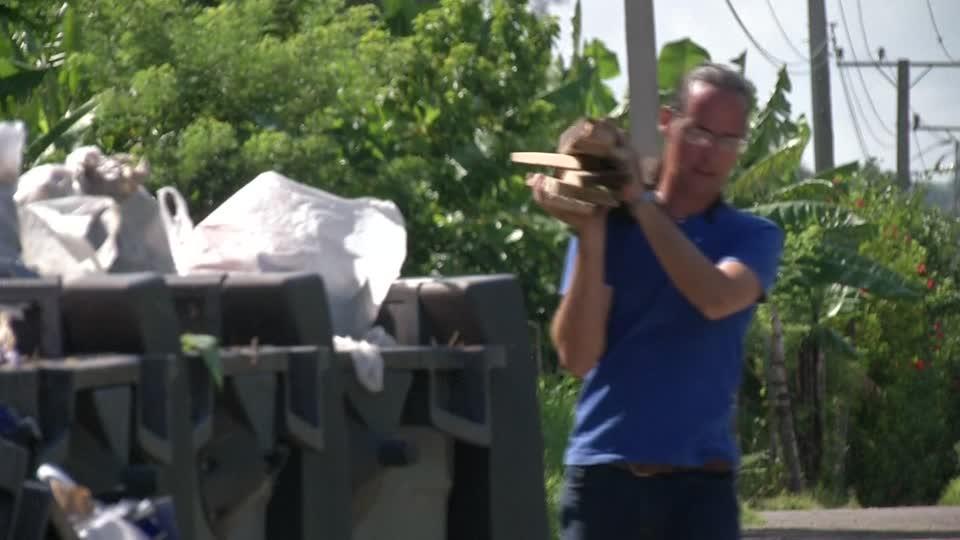Source: reuters.com
Published: July 12, 2017

Olaff Alejo’s salt lamps are eerily beautiful and designed to purify the air.
Yet the Cuban designer must rummage through trash bins and scour the sidewalks of Havana for scraps of wood and obsolete electrical devices to manufacture them.
In Communist-run Cuba, designers of clothes and household goods say the absence of wholesale stores as well as the expense and scarcity of raw materials have forced them to get creative. Many turn to repurposing and recycling the materials at hand.
These pioneers of the island’s fledgling private sector say they are turning a competitive disadvantage into an asset, while yielding unique, ecologically-friendly designs.
“It’s not easy to get the materials so we have to adapt and improvise a lot,” said Alejo, 37, whose lamps contain salt crystals. “Some 50-60 percent is recycled material.”
Alejo said he asks carpenters for their leftover scraps and uses the frames of discarded windows and doors in order to make the wooden bases for his lamps. He also salvages the switches, plugs and cables from old electrical devices.
“They are extremely expensive, and there isn’t a regular supply in stores,” he said, adding his company Luzvi still must import some inputs – like lightbulbs with a softer glow than Cuba’s starkly white, energy-saving ones.
The new lamps sell for between $25 and $50, a relatively hefty sum in a country where the average monthly state salary is around $30. Lower input costs would enable Alejo to cut prices, he said.
The government has allowed more Cubans to set up their own businesses in recent years as part of its plan to update its ailing, Soviet-style economy and cut the bloated state payroll.
The number of Cuba’s self-employed more than tripled in six years to above 500,000 by the end of 2016, official data shows.
Some entrepreneurs complain, however, that the government has not followed through on certain reforms. For example, the country’s small, private businesses still do not have access to the wholesale market.
Raw materials are often in short supply and expensive, although Havana puts that down to the half-century-old U.S. trade blockade.
Caridad Limonta, whose family firm Procle sells women’s apparel and home goods, said new textiles were costly so she mostly bought clothes or hotel curtains and sheets at state-run, second-hand stores and recycled them.
“I transform trousers for example into bags,” said the 60-year-old entrepreneur. “The backs of shirts don’t damage as much so I cut them, stick them together and make patchwork quilts.”
Limonta said Cubans are not in the habit of throwing things away, and find new uses for them instead. At Procle, shoulder pads become sponges for the kitchen, while old curtains are reinvented as tablecloths.
While Limonta said she wished it were easier to buy textiles, she also does not want Cuba to adopt the same kind of “fast fashion” prevalent in consumerist economies where clothes are cheap but often disposable, generating trash.
In the business district of Vedado, just around the corner from Procle, is the Vintage Bazar, a shop that refurbishes old lamps as well as designs quirky new ones with anything from plumbing pipes to water bottles.
“In other countries you would throw away the lamp and buy a new one,” said designer Gretel Serrano, 32, who is currently refurbishing a large batch of lamps for a hotel. “Here people bring them to the shop and we restore them like new.”
Reporting by Sarah Marsh, editing by G Crosse
